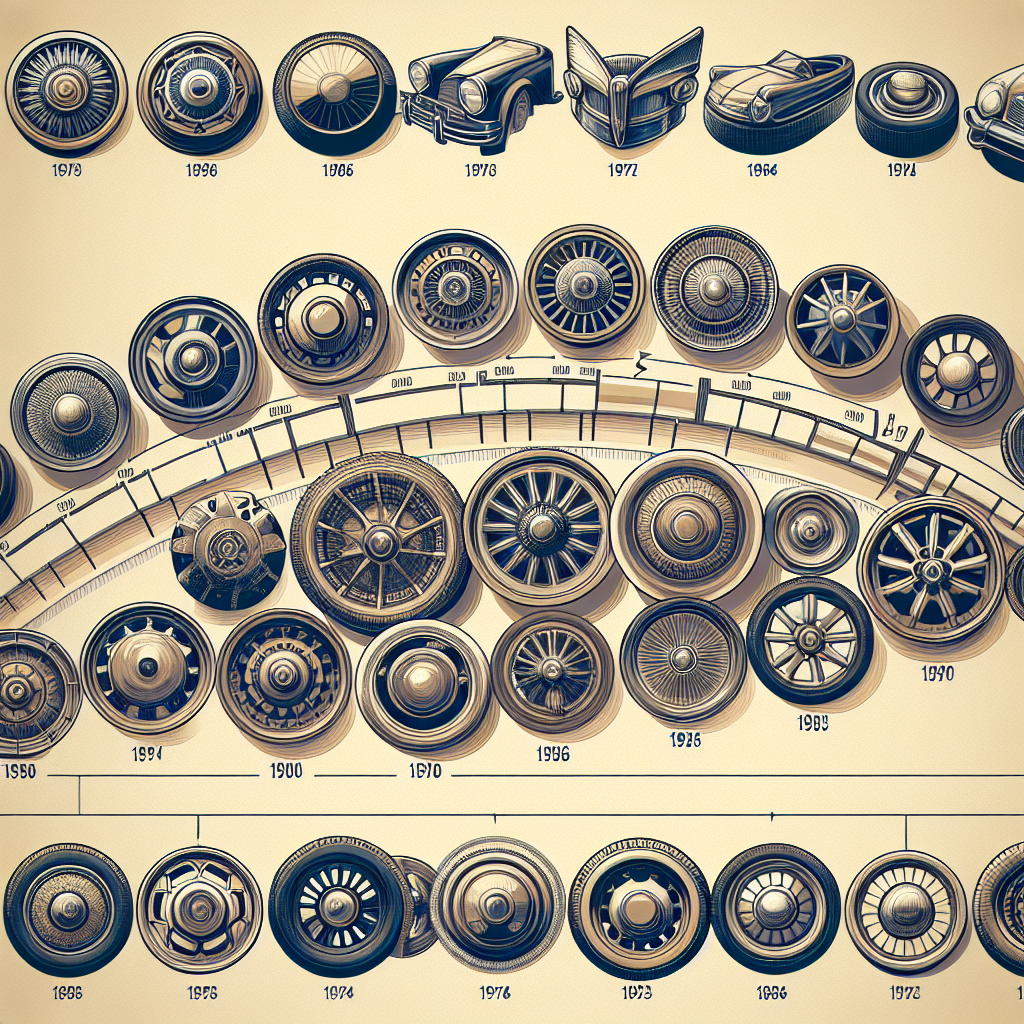Discover the History of Hubcaps: From Classic to Contemporary
Dec 28, 2024

Discover the History of Hubcaps: From Classic to Contemporary
Welcome to our automotive blog, where we delve into the fascinating evolution of a small yet significant component of your vehicle – the hubcap. As a premier supplier of hubcaps, wheel covers, and chrome wheel skins since 1979, we’ve seen the transformation of hubcaps up close and are excited to share this journey with you.
The Early Days of Hubcaps
The story of hubcaps begins in the early 20th century, around the time when automobiles started to roll off assembly lines. Initially, these components were metallic discs that served a practical purpose: they protected the wheel bearings and brake components from dirt and debris. The term "hubcap" itself originates from the word "hub," referring to the center of the wheel.
In those early years, hubcaps were simple and functional, often made of bare metal. But as car manufacturers sought to enhance the aesthetic appeal of their vehicles, hubcaps began to take on more decorative designs, moving beyond utility and embracing style.
The Iconic Evolution of Hubcaps in the Mid-20th Century
The mid-20th century marked a golden era for automotive design, and hubcaps played a vibrant role in this transformation. The rise of American automotive culture in the 1950s and 60s led to an explosion of creativity in car design, and hubcaps were no exception. Brands like Cadillac and Chevrolet produced elaborate, chrome-plated hubcaps featuring intricate designs that complemented the overall aesthetics of their vehicles.
During this time, hubcaps evolved into an important fashion statement for cars, representing status, luxury, and individuality. They became less about simple functionality and more about showcasing the manufacturer’s brand and craftsmanship.
The Shift Towards Plastic Hubcaps
As technology advanced, the automotive industry began transitioning from heavy metal components to lighter, more economical materials. The 1970s saw a surge in the use of plastic for hubcaps, allowing manufacturers to create more complex shapes and styles with lower production costs. This shift not only made hubcaps more affordable for consumers but also opened the door for innovative designs that further accentuated vehicle styling.
Contemporary Hubcaps: Innovation Meets Style
Fast forward to today, and hubcaps continue to evolve. Modern hubcaps are a testament to technological advancements, with materials such as ABS plastic and advanced polycarbonate making them more durable and lightweight. Today’s hubcaps are often designed to replicate the look of alloy wheels, giving consumers the option to enhance the appearance of their cars without the hefty price tag of alloy rims.
Additionally, the rise of customization has allowed car owners to choose from a plethora of colors and designs, making it easier than ever to express personal style through their vehicles.
The contemporary hubcap market also takes sustainability into account, with some manufacturers focusing on eco-friendly materials and practices in their production processes, reflecting a growing global emphasis on environmental responsibility.
Conclusion
From sturdy metal discs to stylish plastic covers, hubcaps have come a long way since their inception. As the premier supplier for hubcaps and wheel covers since 1979, we take pride in offering a diverse range of products that cater to classic and modern vehicles alike. Whether you’re a classic car enthusiast seeking vintage charm or a contemporary driver looking to enhance your vehicle’s style, we have something for everyone.
Explore our collection today and discover how you can transform your vehicle's appearance with our high-quality hubcaps and chrome wheel skins. Your wheels deserve the best, and we are here to provide it!









































